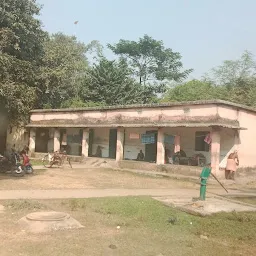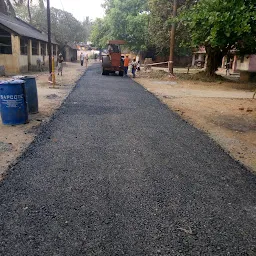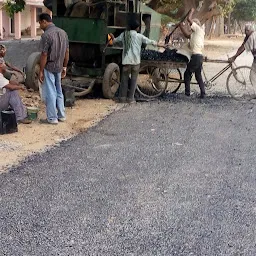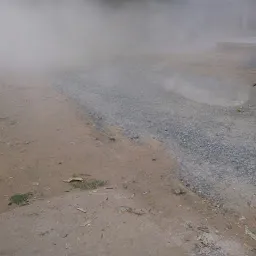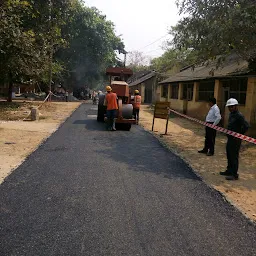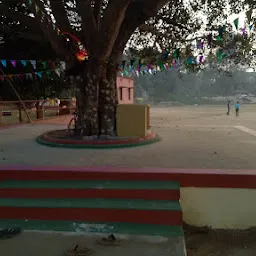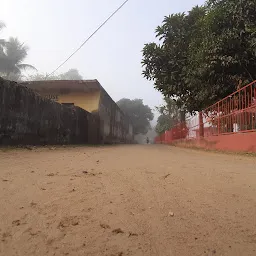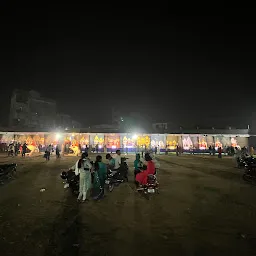Leprosy Ashram
FW69+8MV, Naya Bazaar, Cuttack, Odisha 753004, IndiaLeprosy Ashram is a ashram located in Cuttack, Odisha. The average rating of this place is 4.20 out of 5 stars based on 74 reviews. The street address of this place is FW69+8MV, Naya Bazaar, Cuttack, Odisha 753004, India. It is about 1.62 kilometers away from the Katha Jori railway station.
- Where is Leprosy Ashram located?
- Leprosy Ashram is located at FW69+8MV, Naya Bazaar, Cuttack, Odisha 753004, India.
- What is the nearest railway station from Leprosy Ashram?
- Katha Jori railway station is the nearest railway station to Leprosy Ashram. It is nearly 1.62 kilometers away from it.
Ashutosh Nayak 54 months ago
Menu
What is leprosy?
Leprosy, also known as Hansen’s disease, is a chronic infectious disease caused by Mycobacterium leprae. The disease mainly affects the skin, the peripheral nerves, mucosal surfaces of the upper respiratory tract and the eyes. Leprosy is known to occur at all ages ranging from early infancy to very old age. Leprosy is curable and early treatment averts most disabilities.
Transmission
The exact mechanism of transmission of leprosy is not known. At least until recently, the most widely held belief was that the disease was transmitted by contact between cases of leprosy and healthy persons. More recently the possibility of transmission by the respiratory route is gaining ground. There are also other possibilities such as transmission through insects which cannot be completely ruled out.

Seeking skin lesions, Brazil, 2015 ©WHO/PAHO
Signs/symptoms and diagnosis
Clinical signs are easy to observe. In a country or area with a high incidence of leprosy, an individual should be regarded as having leprosy if he or she shows ONE of the following cardinal signs:
skin lesion consistent with leprosy and with definite sensory loss, with or without thickened nerves
positive skin smears
The skin lesion can be single or multiple, usually less pigmented than the surrounding normal skin. Sometimes the lesion is reddish or copper-coloured. A variety of skin lesions may be seen but macules (flat), papules (raised), or nodules are common. Sensory loss is a typical feature of leprosy. The skin lesion may show loss of sensation to pin pick and/or light touch. Thickened nerves, mainly peripheral nerve trunks constitute another feature of leprosy. A thickened nerve is often accompanied by other signs as a result of damage to the nerve. These may be loss of sensation in the skin and weakness of muscles supplied by the affected nerve. In the absence of these signs, nerve thickening by itself, without sensory loss and/or muscle weakness is often not a reliable sign of leprosy.
Leprosy can be classified on the basis of clinical manifestations and skin smear results. In the classification based on skin smears, patients showing negative smears at all sites are said to have paucibacillary leprosy (PB), while those showing positive smears at any site are said to have multibacillary leprosy (MB).
Treatment of leprosy
Souvik Chatterjee 54 months ago
Best work of odissa government..
S.C Acharya 54 months ago
Very good hospital for treatment of Leprosy patients. The patients who are suffering from Leprosy are residing in this hospital premises for treatment. After treatment they get discharged. Medicines, diets and other services offered free of cost to all patients. The hospital managed by Government of Odisha. Very nice service. Doctors and staffs are friendly and cooperative. Parking place available here.
- Address
- FW69+8MV, Naya Bazaar, Cuttack, Odisha 753004, India
